Johann Sebastian Bach in Leipzig
The series about historical places of opera art & culture. Get to know exciting excursion and travel ideas for opera lovers. This time: Johann Sebastian Bach in Leipzig.
All Destinations on google maps with links to detailed Blogposts:
Johann Sebastian Bach in Leipzig
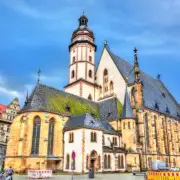
Bach’s appointment as Thomaskantor was rather bumpy. After the death of the previous cantor, the position was offered first to Telemann (as in Weimar) and then to another musician, both of whom declined. Thus Bach was only third choice, or as one councilman put it: “Since one cannot get the best-one must take the middle-one”. So Bach could leave Köthen.
During this time he was responsible for services and special church festivities of four churches. St. Nicholas Church and St. Thomas Church are still standing today, while two others fell victim to the Second World War. Bach’s main duties included the weekly performance of cantatas on Sundays and feast days. Bach put a lot of effort into this right at the beginning and wrote cantatas on a weekly basis. It is said that he composed five years of cantatas, of which three years (i.e. about 200 pieces) have survived. Already in 1724 he composed his most comprehensive work to date, the St. John Passion, and three years later the St. Matthew Passion. In 1730 a conflict arose with the council, since in Bach’s opinion the performance conditions had deteriorated. He now presented the council with his ideas of a “well-stocked church music,” thus handing down to posterity an important documentation of historical performance practice from the master’s hand.
Furthermore, he also had secular duties as music director. In Leipzig, a “Collegium musicum” had been formed (an orchestra of professional musicians and enthusiasts), which gave concerts in the hall and in the garden of a coffee house. For these concerts he wrote various works for orchestra, such as the harpsichord concertos.
The Leipzig period was overshadowed by private tragedies. Between 1726 and 1733, seven of Bach’s children died, in addition to the death of his last sibling, his sister Maria.
The late years of Bach still brought some great late works. These include, for example, “The Art of the Fugue”, the “Goldberg Variations” or the “Musical victims” (see “Bach in Berlin”). Soon thereafter, Bach’s health deteriorated. A severe eye disorder and disturbances in the arm of his writing hand hindered him so much that his creative work came to a virtual standstill. Bach subsequently underwent the famous eye operation performed by the passing controversial ophthalmologist Sir John Taylor in 1750. As with his professional colleague Handel, the result was a fiasco: although his eyesight improved briefly, he suffered a stroke a short time later and Johann Sebastian Bach died on July 28, 1750.
TO THE COMPLETE BACH BIOGRAPHY
Destination Bach Museum Leipzig
The Bach Museum is an educational museum with an informative audio guide and is aimed at the interested music lover. It is located in a beautifully restored Renaissance building with a small garden.
Bach Museum:
View into the museum:
Destination altes Rathaus (Museum)
The most famous work of art in the Old Town Hall is the portrait of 61-year-old Johann Sebastian Bach, painted by Elias Gottlob Haussmann. It is possibly the only portrait of the composer (there is speculation of a second painting) that he sat for the painter. Interestingly, there is a second version of this painting, which was produced at two-year intervals by the painter’s workshop. The “copy” from 1848 had been in the possession of the city of Leipzig for a long time, and now the “original” from 1846 has also been bequeathed to it by a collector. There is an amazing story about it: the famous British conductor John Eliott Gardiner told that the picture hung in his parents’ house for years and that he saw it so daily as a child. A Jewish-German family friend had put it there for safekeeping with the Gardiner friends during the World War. As chance would have it, in 2015 the same Gardiner, in his capacity as president of the Bach Archive, was allowed to receive the painting as a donation! Now both paintings are back in Leipzig.
In the case of the painting, it is a so-called “official picture” that had been created for official purposes and shows him with music paper (a canon from 1846) and cantor’s robe. Considerable differences are visible between the two paintings. It is assumed that the original was once not properly restored. In the meantime, it has been carefully restored once again.
The two Bach paintings:
Another “delicacy” of the museum is a model of the city on 25 m2, which shows Leipzig about 1800, before industrialization, that is, it presented about as Bach had experienced it.
Town model Leipzig:
https://www.stadtgeschichtliches-museum-leipzig.de/besuch/unsere-haeuser/altes-rathaus/
Destination St. Thomas church
In Bach’s time, St. Thomas Church was not the only place of activity of the St. Thomas Boys’ Choir, a boys’ choir whose tradition dates back to the 13th century. The choir consisted of just over 55 students, who mostly sang in groups of 8 in various churches.
St. Thomas church:
Among other things, the premiere of his St. Matthew Passion in 1727 took place in St. Thomas Church. Some of Bach’s works from this period have church lieder by Luther as their basis. Luther can also be seen in the church on a window that dates from 1889. A plaque on a pillar commemorates the reformer’s Pentecost sermon in 1539.
Luther window:
The choir room of the church has been the final resting place of Bach’s tomb since 1950, whose bones came here in a roundabout way. When Bach died, he was buried without a gravestone in the cemetery of the Church of St. John. After the Bach Renaissance of the 19th century, triggered by Mendelssohn, they wanted to exhume his body and rebury it in the neighboring church. The only information about the exact location of the grave was the surviving statement “six steps straight ahead from the door on the south side”. There is some controversy as to whether the exhumed body is really that of Bach. However, the fact that the body was in an oak coffin is an important argument in favor, as this was true in only 1% of burials at the time. A definitive clarification would be given by DNA analysis. St. John’s Church was bombed during the Second World War and the bones had to be taken out from under the debris to eventually be placed in St. Thomas Church.
Bach’s tomb in St. Thomas church:
St. Thomas Church regularly hosts musical performances, you can find the calendar of events on the website. Registration is usually mandatory for performances.
Calendar of events:
https://www.thomaskirche.org/erleben/kalender
The bronze Bach statue stands in front of the Bach window of St. Thomas Church. In the course of the exhumation of Bach’s body in the 19th century, an impression of the skull had been made, which was used as the basis for the design of the monument. The monument shows Bach conducting (why he has rolled up music paper) in front of an organ.
Bach monument in front of St. Thomas churceh:
Destination Auerbachs Keller (Tavern)
This 16th century wine tavern with 4 historic cellars (barrell cellar. , Luther room, Goethe room and Old-Leipzig) became world famous through Goethe’s “Faust”. Goethe stayed in Leipzig for two years about 20 years after Bach’s death and often visited this wine cellar. Thus, it can be assumed that Bach, who was not a teetotaller, had also spent time in this cellar.
Fasskeller (barrell cellar) in the Auerbachskeller:
https://www.auerbachs-keller-leipzig.de/index.php
Destination St. Nicholas Church
The St. Nicholas Church was one of Bach’s places of work, where many of his works were heard for the first time, for example the St. John Passion in 1724 or the Christmas Oratorio in 1734/35, in addition to countless cantatas and motets.
The St. Nicholas Church still even mor features. For example, the Gothic pulpit from the time of Luther, also called the “Luther pulpit”.
Luther pulpit:
Furthermore, the central tower from 1732 should be mentioned, in which until 1932 lived a Türmer (dweller of the tower).
Most recently, the St. Nicholas Church was also the origin of the GDR Monday demonstrations, which developed from the Monday prayers of the St. Nicholas Church and led to the end of the GDR.
St. Nicholas Church:
Destination Bach festival Leipzig
In Leipzig, irregular Bach festivals have been held for more than 100 years, from which the so-called “Bach Festival” was established in 1999 as an annual festival event in mid-June. During one week, many performances (including a accompanying program) are shown at different, partly historical performance venues. The whole thing is based on a new motto set each year. Highlights are the opening concert in St. Thomas Church, the top-class performances in the Gewandhaus and open-air events.
https://www.bachfestleipzig.de/en/bachfest

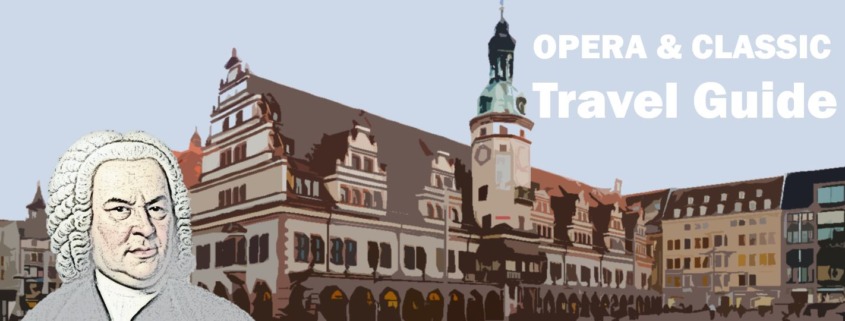
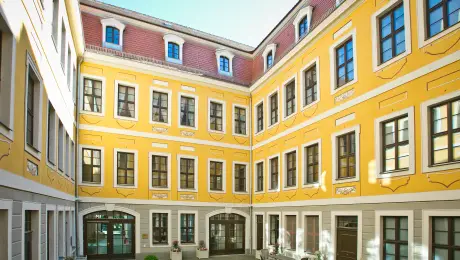
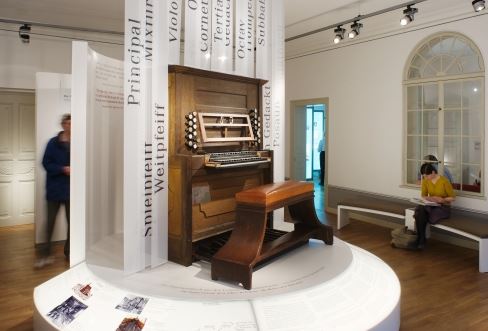
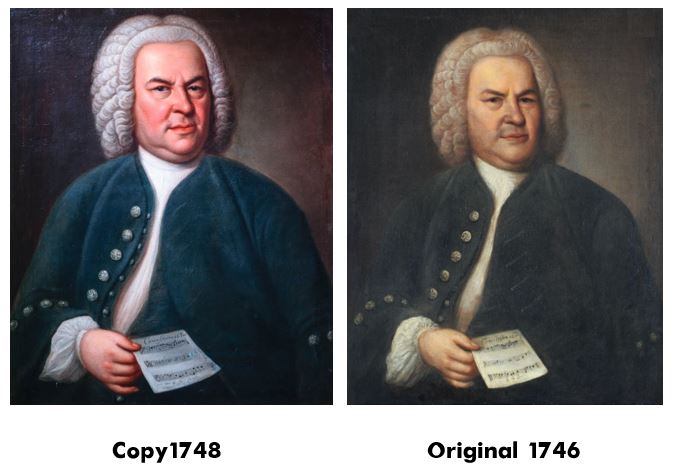
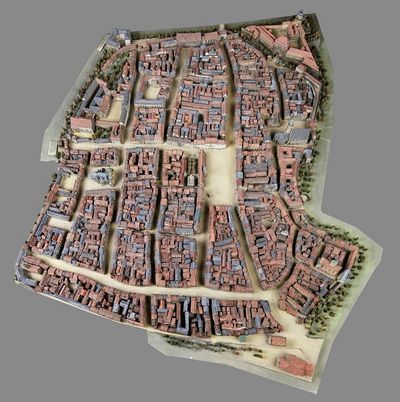
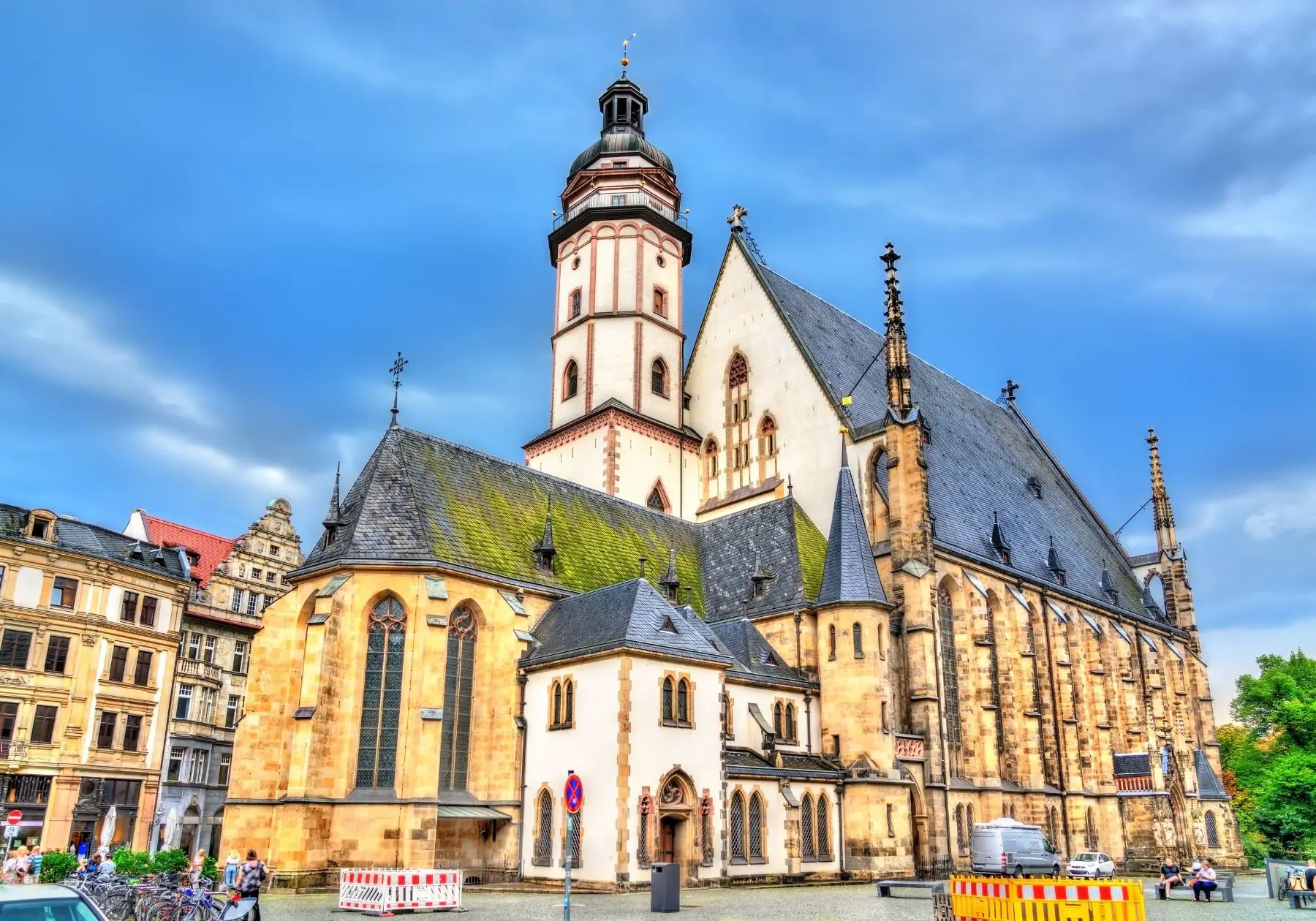
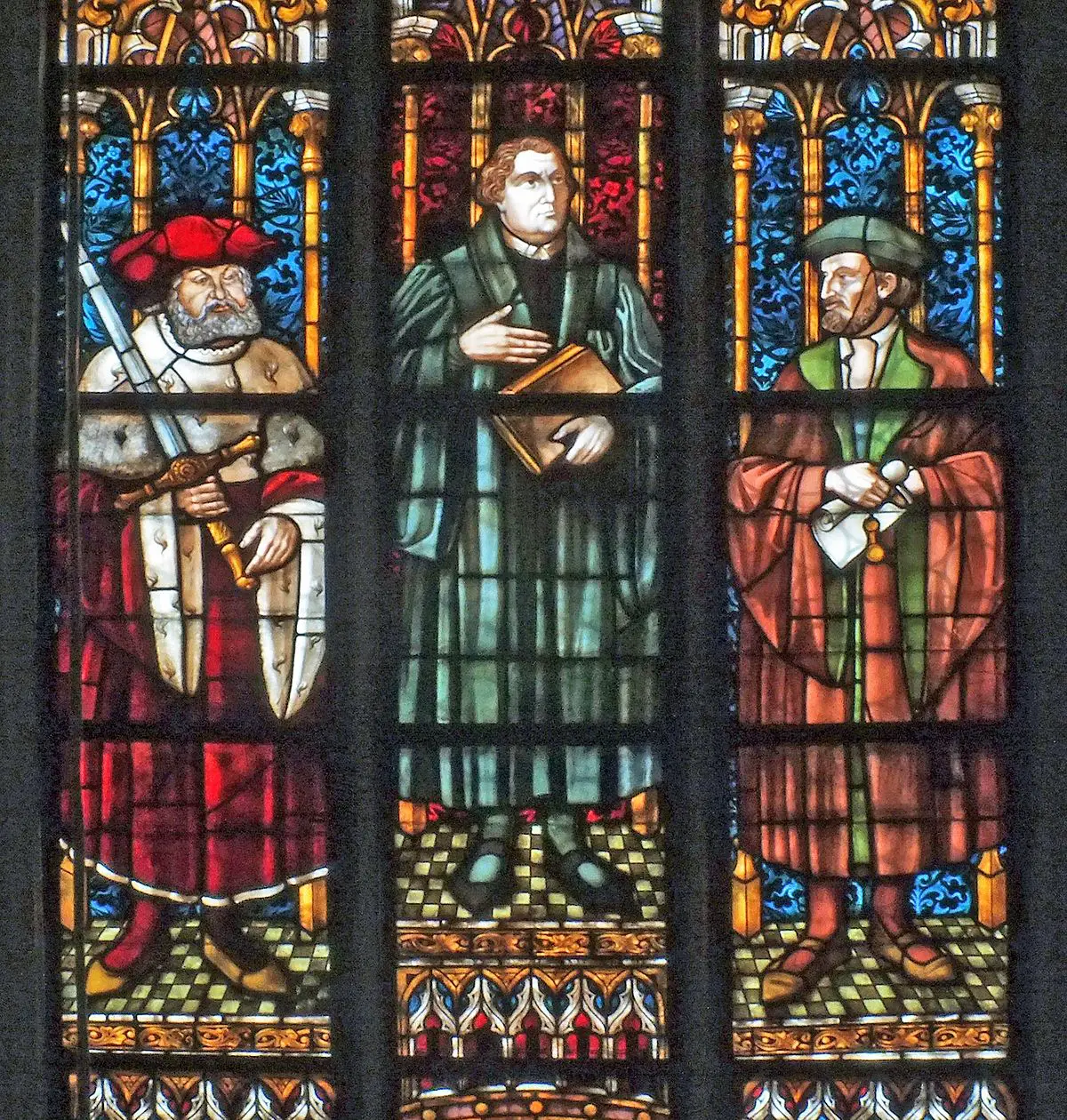
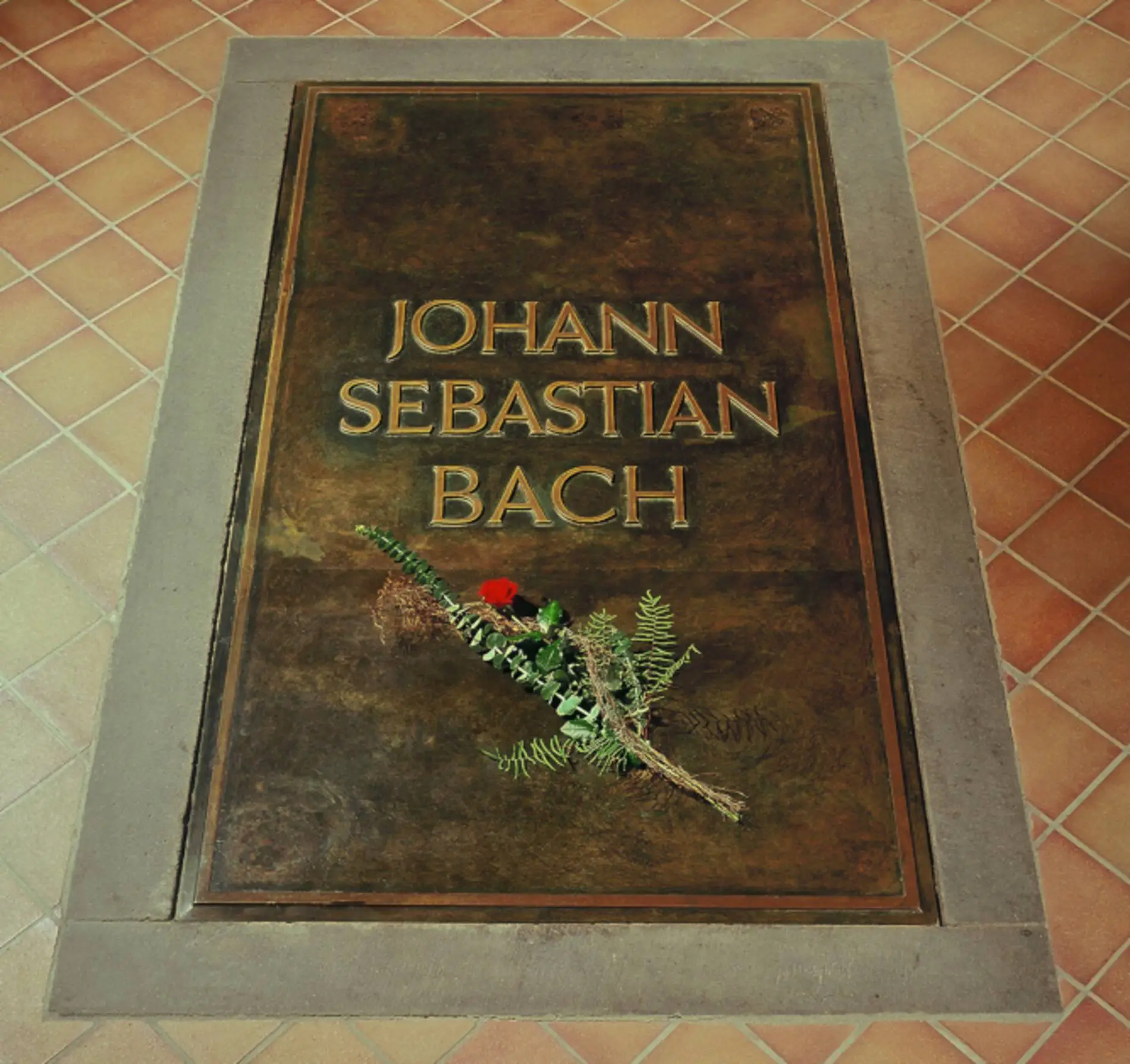
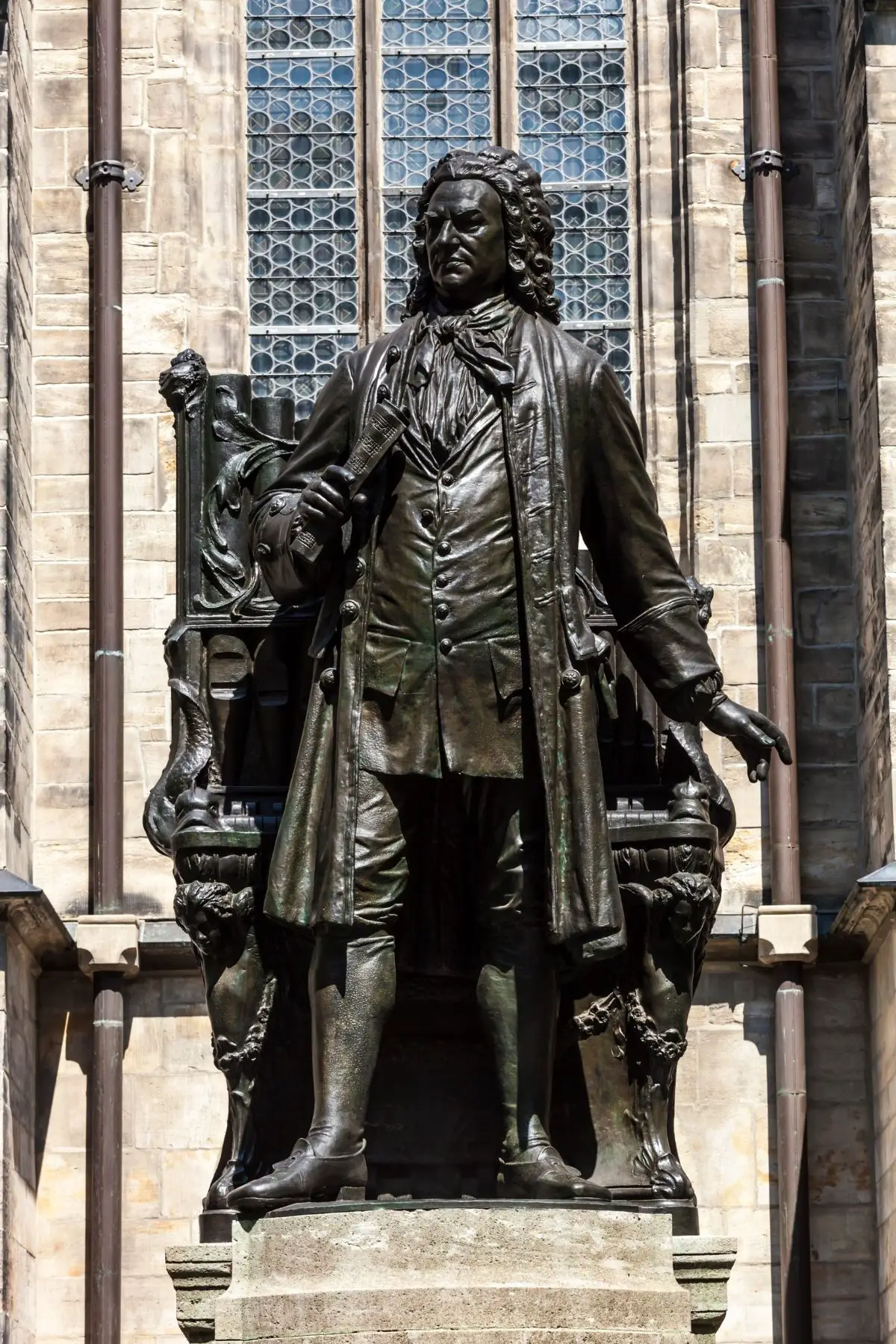
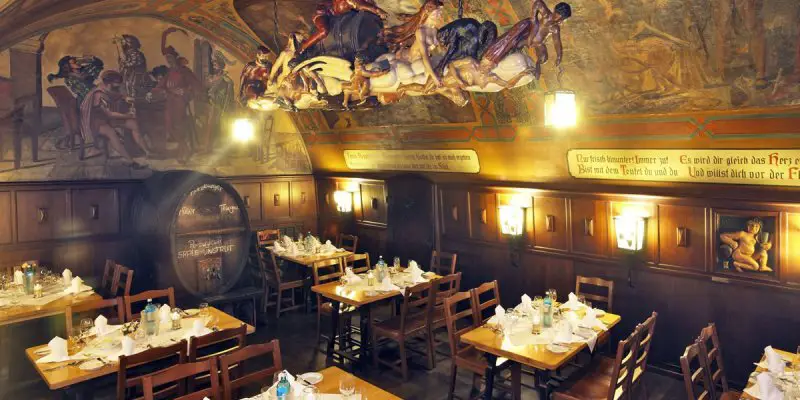
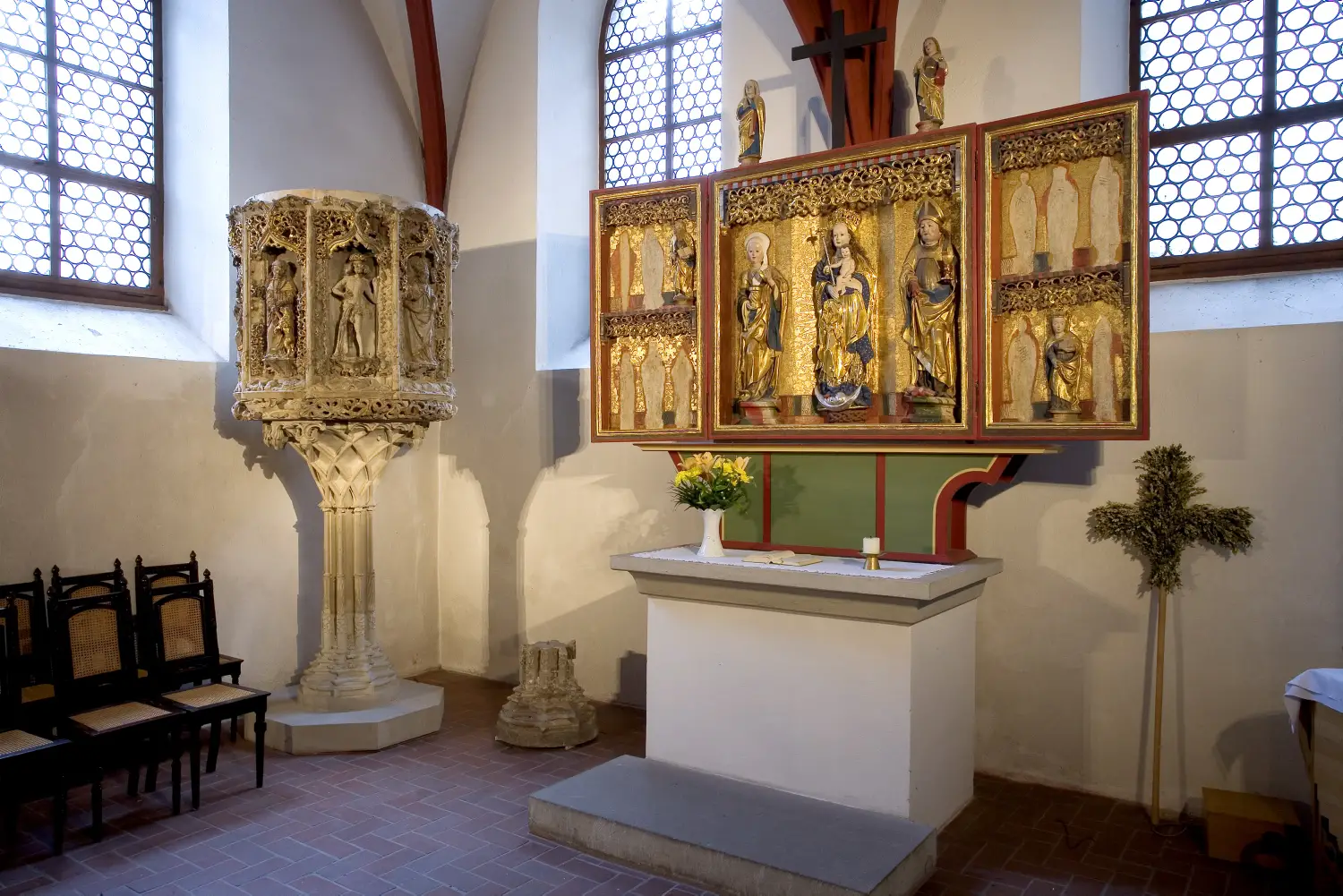
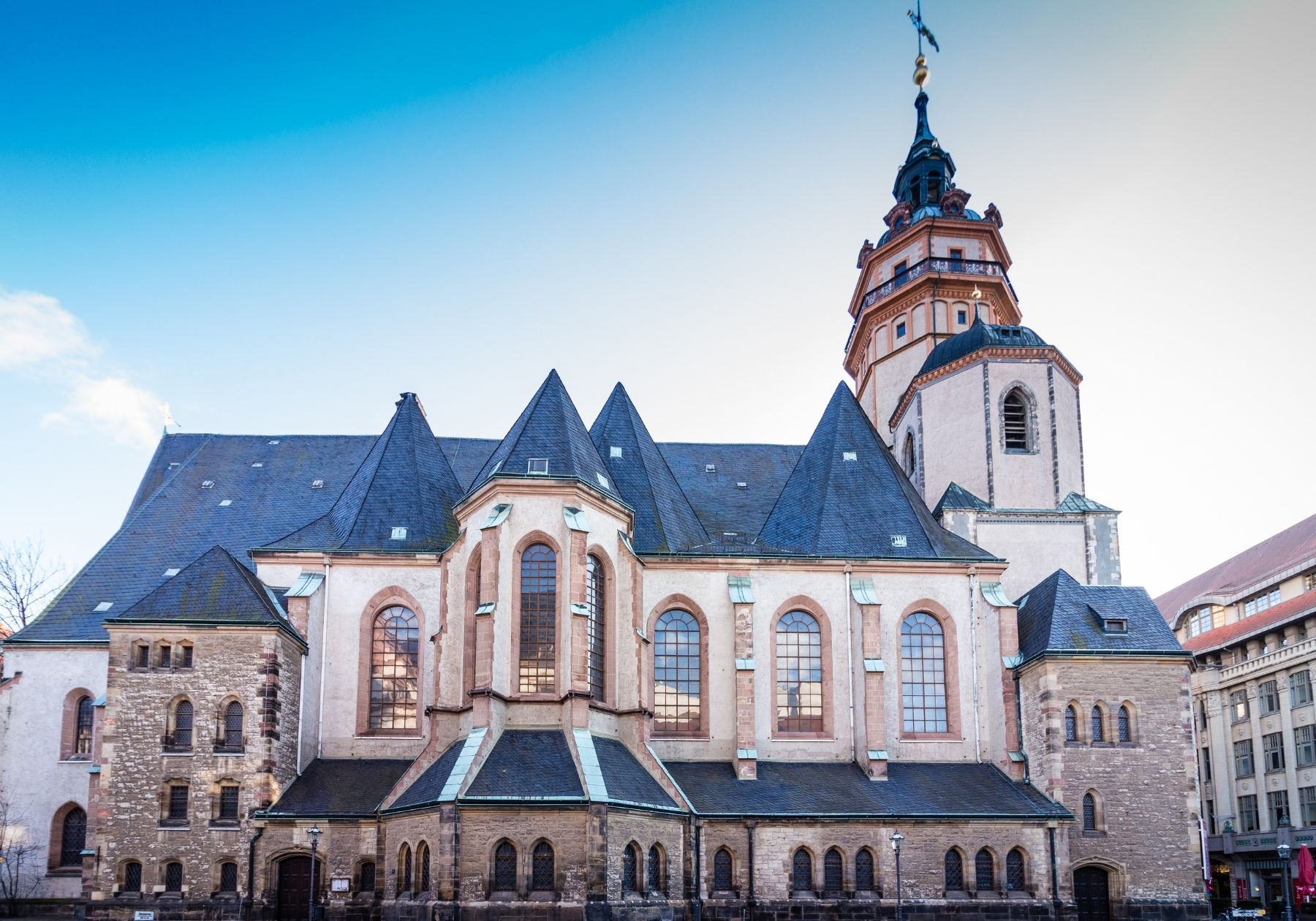


Leave a Reply
Want to join the discussion?Feel free to contribute!